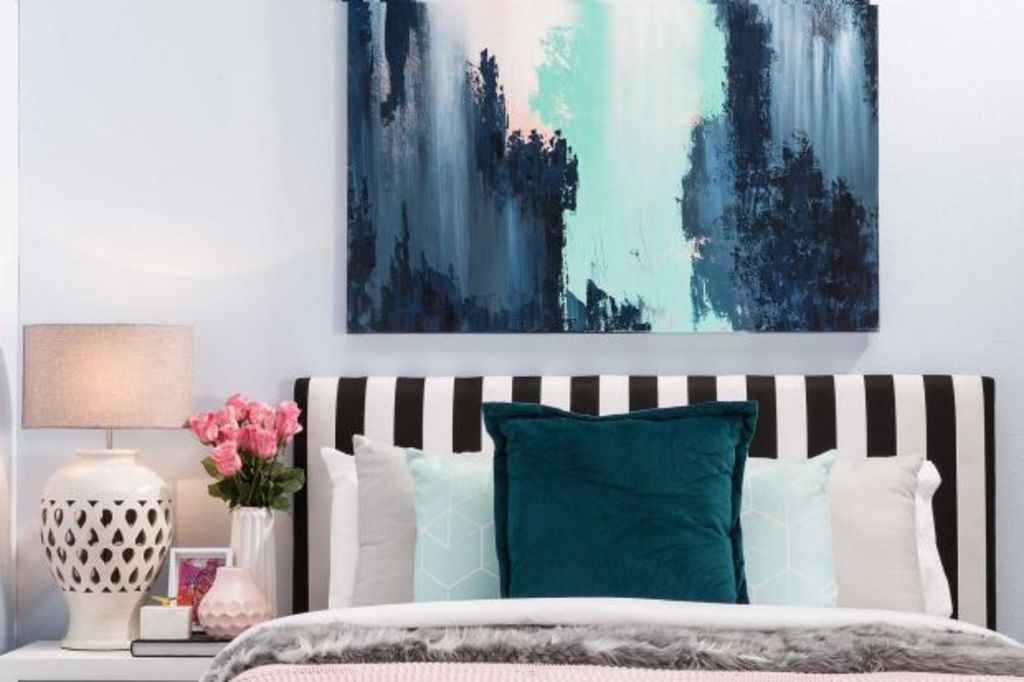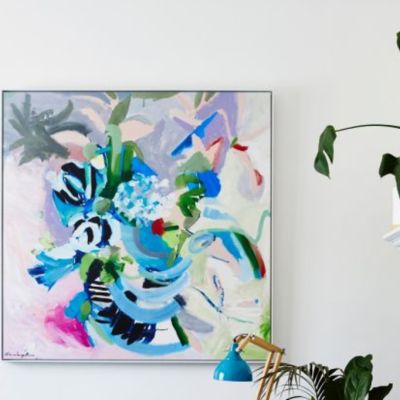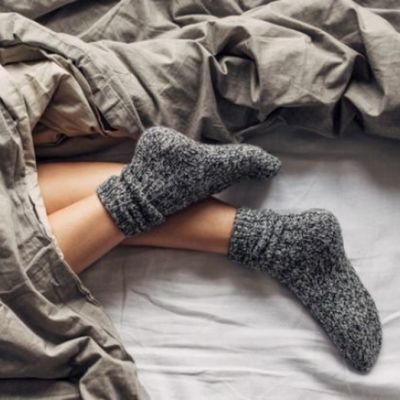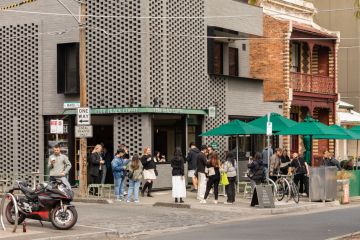How to hibernate at home and avoid seasonal affective disorder

As the weather cools down, so too does our desire to be out and about. But with hibernating during the cooler months, a little sadness can kick in.
“Seasonal affective disorder (SAD) is also called the ‘winter blues’, and is a type of depression that tends to occur for people in the more dreary, cold and dark months,” says psychologist Marny Lishman. “The symptoms are the same as depression: low mood, unmotivated, oversleeping, and overeating for some people.”
Getting outside is one of the best things you can do to avoid getting SAD, but on the days when it’s far too grey and cold, there are ways to hibernate happily at home without succumbing to the winter blues.
“Coming into winter it’s important to get your home ready for a hibernating period, mainly because you will spend more time indoors than any other time of the year,” says Justine Wilson, director and principal stylist at Vault Interiors. “Due to the cold and shorter days, your home should feel inviting and comforting, a haven and a nice space to rest.”
Pretend it’s not winter
Winter can feel like a distant memory when you’re tucked up at home, and this can be good for your mindset.
“Rug yourself up and try to mimic summer in some way within your home,” says Lishman. “Do everything you can around the home to make sure that you are as comfortable as you can be, whatever the season.”
Of course, nobody wants high electricity bills, so think about how you can create warmth while being energy conscious. Wilson suggests:
- Large rugs and runners for cold floors and hallways.
- Cosy blankets and throws in your bedroom and living room.
- Thick curtains to keep the cold out.
- Use your winter doona to help you feel warm without turning up the heater.

Tone down your winter lighting. Photo: Vault Interiors
Check your furniture is winter-ready
The layout of your furniture can make a big difference in how comfortable your home is in the cooler months.
“Orient furniture in a way that maximises the heat from fireplaces or heaters,” Wilson says. “Because you won’t be opening doors or windows to the outside as much, you can place sofas, armchairs or consoles in front of these otherwise dead spaces. This may double your feeling of space as you wouldn’t normally opt for blocking access, and it will allow you to get creative and refresh your living and bedroom spaces.”
Colour can make your home a hibernating haven, too. “Adding warm-coloured tones to your decor is a great way to bring warmth to your interior,” Wilson says. “Select rich tones (such as copper, burnt orange, mustard and maroon), which are on trend and luxurious; these deep tones are great for winter styling and they can completely change the look of your interiors.”
Candles are a necessity for winter hibernation. Photo: Vault Interiors
Tone down your lighting
While summer is all brightness and light, you want your home to be a little more toned down for winter.
“Soft lighting will help to make your home feel brighter in the cooler months,” Wilson says. “Table lamps and floor lamps are essential as the light is murkier and darker in winter than any season, so you will need the warm glow of a statement table lamp.”
And get your matches ready, because winter is candle season. A good candle will give you that cosy lighting that’s perfect for winter hibernation.
“Candles are essential in winter and will help you resist the urge to turn on every light in the house,” says Wilson. “Candles will also assist in masking damp or unpleasant smells that come with having a house shut up tight during bad weather.”

Invite the outside in with some plant life. Photo: Vault Interiors
Invite the outside world in
If you don’t want to go out (especially on dark, rainy evenings), ask others to come over to see you. Your friends might be happy to have an excuse to leave the house if they’re less inclined to hibernate.
“Make sure your home is conducive to socialising, so you can do more activities with others during the cold months,” Lishman says.
You can also bring a little of the outside in, which can help you feel less housebound. “Bring in fresh flowers, succulents or floor-standing plants,” Wilson says. “They will breathe life into your home, can assist in filtrating the air, and they look amazing.”
We recommend
States
Capital Cities
Capital Cities - Rentals
Popular Areas
Allhomes
More










